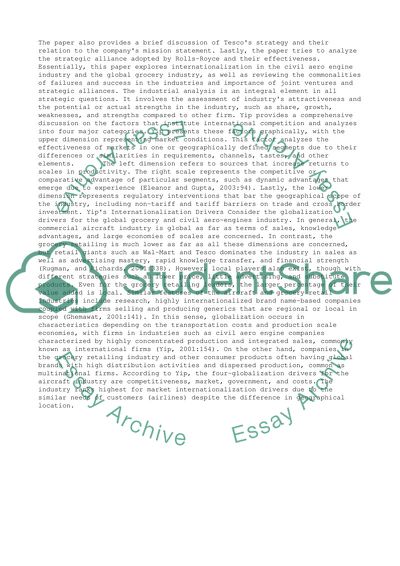Cite this document
(“Strategic Management: Internationalization Case Study and Theories Essay”, n.d.)
Strategic Management: Internationalization Case Study and Theories Essay. Retrieved from https://studentshare.org/management/1452261-portfolio-explore-the-extent-of
Strategic Management: Internationalization Case Study and Theories Essay. Retrieved from https://studentshare.org/management/1452261-portfolio-explore-the-extent-of
(Strategic Management: Internationalization Case Study and Theories Essay)
Strategic Management: Internationalization Case Study and Theories Essay. https://studentshare.org/management/1452261-portfolio-explore-the-extent-of.
Strategic Management: Internationalization Case Study and Theories Essay. https://studentshare.org/management/1452261-portfolio-explore-the-extent-of.
“Strategic Management: Internationalization Case Study and Theories Essay”, n.d. https://studentshare.org/management/1452261-portfolio-explore-the-extent-of.


